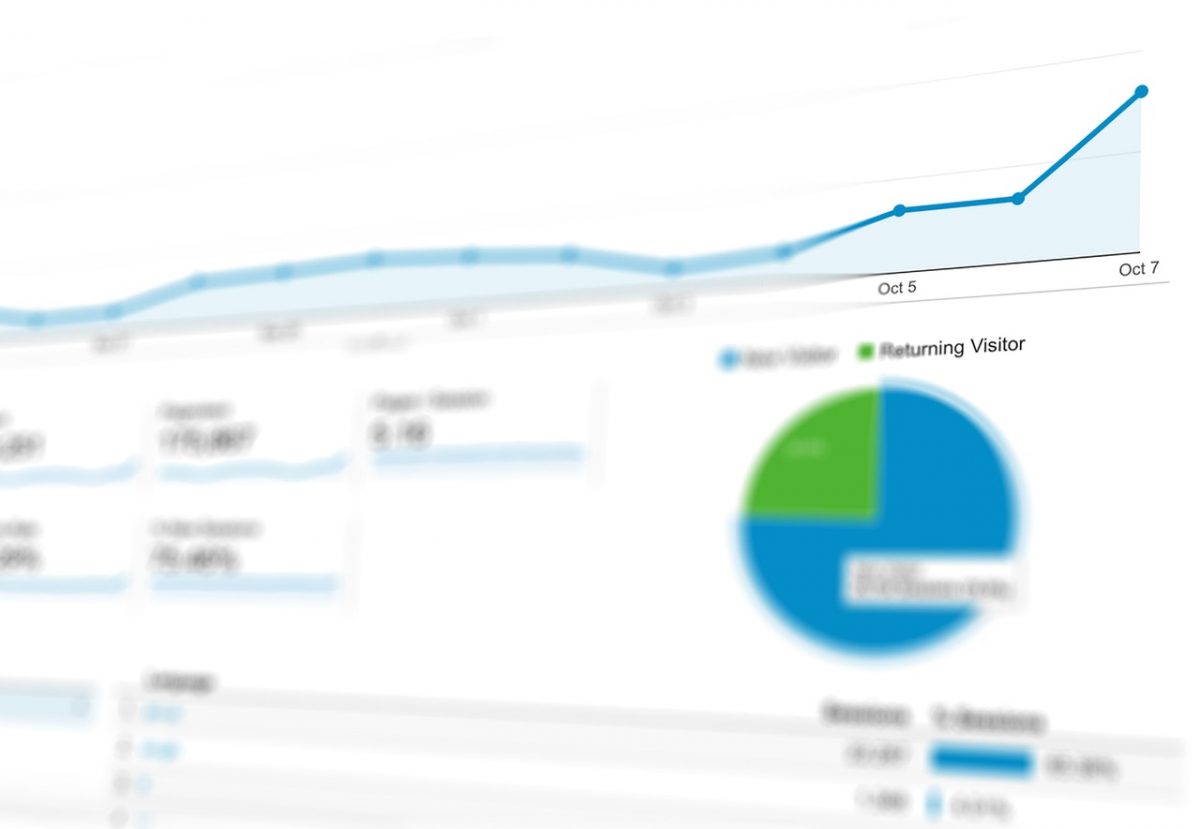
Leveraging Predictive Analytics in Supply Chain Planning: How to Stay Ahead of Disruptions
In today’s fast-paced global economy, supply chain disruptions have become an inevitable challenge for businesses. Whether it’s natural disasters, geopolitical tensions, or unforeseen market shifts, these disruptions can lead to severe bottlenecks and financial losses. To mitigate these risks, companies are increasingly turning to predictive analytics as a powerful tool in supply chain planning. By leveraging data-driven insights, businesses can anticipate disruptions, optimize operations, and stay ahead of the curve. Here’s how predictive analytics is reshaping the future of supply chain planning and enabling businesses to thrive in a volatile world.
The Growing Complexity of Supply Chains
Supply chains are becoming increasingly complex. The rise of globalization, multi-channel distribution, and consumer expectations for faster delivery times have added layers of complexity to supply chain management. This complexity makes it difficult for businesses to manually track every element of their operations, leaving them vulnerable to disruptions.
For instance, when the COVID-19 pandemic struck, many businesses found themselves ill-prepared to cope with sudden lockdowns and supply shortages. Companies that were already using predictive analytics were better positioned to forecast demand changes, anticipate supplier issues, and adapt their strategies. This experience highlights the importance of predictive analytics in modern supply chain planning.
What is Predictive Analytics?
Predictive analytics involves the use of historical data, machine learning algorithms, and statistical techniques to predict future outcomes. In the context of supply chain planning, predictive analytics can help businesses forecast demand, identify potential risks, and optimize their logistics and inventory management.
By analyzing vast amounts of data from multiple sources, such as sales records, weather patterns, and geopolitical events, predictive models can identify trends and patterns that may indicate an upcoming disruption. This allows businesses to take proactive measures, such as adjusting inventory levels, sourcing alternative suppliers, or rerouting shipments, to avoid potential bottlenecks.
Enhancing Demand Forecasting
One of the key benefits of predictive analytics in supply chain planning is its ability to improve demand forecasting accuracy. Traditional methods of demand forecasting, such as historical averages or simple trend analysis, often fall short in a rapidly changing market. Predictive analytics takes into account a wider range of variables, including seasonality, customer behavior, and external factors like economic conditions.
For example, a company that produces consumer electronics can use predictive analytics to forecast how demand might fluctuate during holiday seasons, taking into account factors such as promotional campaigns, competitor pricing, and macroeconomic trends. With more accurate demand forecasts, businesses can avoid stockouts or overstock situations, ultimately reducing costs and improving customer satisfaction.
Identifying Potential Disruptions
Predictive analytics also plays a critical role in identifying potential disruptions in the supply chain. By continuously monitoring external data sources such as news reports, social media, and sensor data from the Internet of Things (IoT) devices, predictive models can alert businesses to emerging risks in real time. These risks could range from a natural disaster in a key manufacturing region to labor strikes or political unrest in a country where a key supplier is located.
For example, if a hurricane is forecasted to hit a major shipping route, predictive analytics can flag the risk in advance, allowing businesses to reroute shipments or adjust production schedules to minimize the impact. Similarly, if a supplier is facing financial difficulties or production delays, predictive analytics can provide early warning signs, enabling companies to source from alternative suppliers and avoid disruptions.
Optimizing Inventory Management
In addition to demand forecasting and disruption detection, predictive analytics can help optimize inventory management. By analyzing sales data, supplier performance, and lead times, predictive models can recommend optimal inventory levels for each location in the supply chain. This ensures that businesses have the right amount of stock on hand to meet demand without tying up excess capital in inventory.
For example, a retailer can use predictive analytics to determine the ideal amount of seasonal products to stock in each store, based on factors such as historical sales data, weather forecasts, and regional preferences. This level of precision helps businesses reduce waste, improve cash flow, and ensure that products are available when and where customers need them.
The Role of Supply Chain Services
Many companies lack the in-house expertise to fully implement predictive analytics in their supply chain planning. This is where supply chain services come into play. These third-party providers offer specialized solutions, from data collection and analysis to predictive modeling and real-time monitoring. By partnering with a supply chain services provider, businesses can access cutting-edge technology and expertise, helping them stay ahead of disruptions and maintain a competitive edge.
Predictive analytics is transforming supply chain planning by enabling businesses to anticipate disruptions, improve demand forecasting, and optimize inventory management. In an increasingly unpredictable world, companies that leverage predictive analytics will be better equipped to navigate challenges and seize opportunities. By integrating predictive analytics into their supply chain strategies, businesses can stay agile, resilient, and ahead of the competition.



